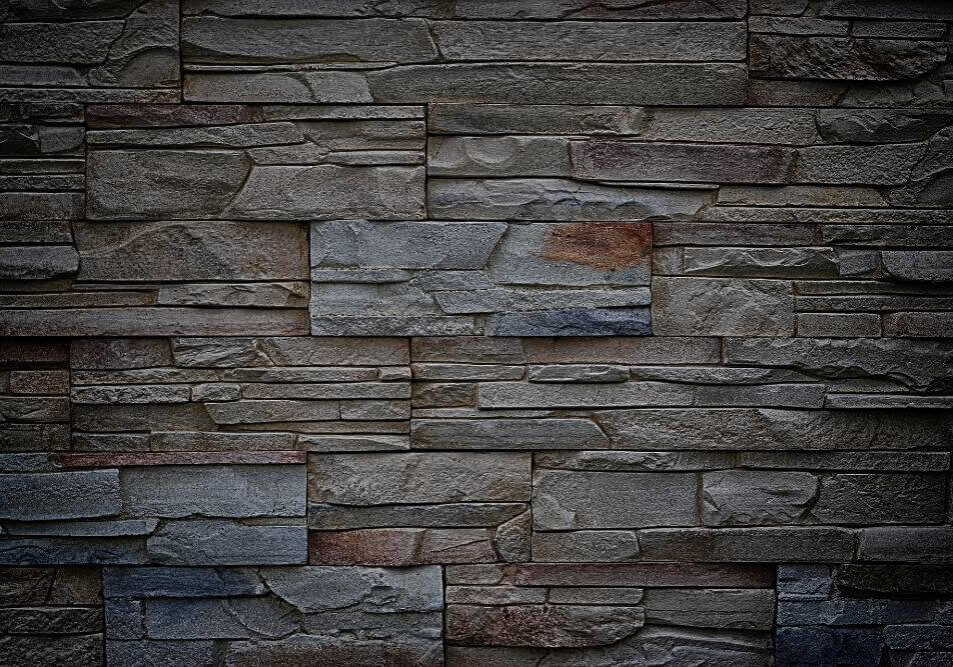Landscaping 101: What is a Retaining Wall?
Do you have a hilly or a sloped yard? Then you know the difficulties it can be to make your landscape shine. Rain runoff and soil erosion can be a blight on your landscape. Fortunately, that’s when a retaining wall can come in handy.
But what is exactly a retaining wall? And how can it improve the value and curb appeal of your home? Your Landscapers have the answers you’re looking for. Learn more down below.
What’s the Point of a Retaining Wall?
A retaining wall is a rigid structure that is used to restrain the soil behind it so that it can be retained at different elevations of the property. There are four common types of retaining walls:
Gravity Walls
This type of wall keeps the soil at bay, thanks to the weight of the wall. Gravity walls generally tilt slightly backward into the soil to increase its stability and support. These walls are usually made of concrete, stone, pavers, or bricks and can be incredibly thick.
Cantilevered Walls
Also known as a reinforced retaining wall, a cantilevered wall uses leverage to withstand the pressure of the soil. These walls are usually made of reinforced concrete and are affixed to a slab foundation that will go under the soil in a “L” shape. These retaining walls are favored more for commercial use than residential.
Sheet Piled Walls
A good wall to use when short on space or on softer soil, a group of beams, known as piles, are drilled into the earth. The sheet pile is then anchored into the soil by a cable or rod. The piles can be made by different materials such as steel, vinyl, aluminum, fiberglass or wood.
Anchored Walls
As you can imagine by the name, anchored walls use the help of anchors to support the soil. The anchors are driven into the ground and are attached to the wall by cables or strips. Anchored walls are sometimes used in conjunction with the above walls to provide extra support or used where higher loads are expected.
The Benefits of Retaining Walls
The structure’s main purpose is to retain soil on a sloped piece of land so it won’t erode in the rain. But there are many other benefits to retaining walls such as:
- Helps prevent flooding
- Create an attractive element to your yard
- Provides a property boundary market
- Reduce maintenance and damage caused by flash floods and soil erosion
- Can add to the property value of your home
Retaining walls can also be used to give you a better use of your landscaping space, such as creating a raised flower bed to your front yard or creating different sections of your yard. The walls allow for a steeper cut to a slope, allowing you more usable space.
Multifunctional Ideas for Retaining Walls
Retaining walls can also be a multifunctional aspect of your landscape design, such as:
- Create a raised herb garden or a vegetable garden to place right behind an outdoor kitchen
- Use the retaining wall as the basis of a water feature, turning your backyard into a relaxing oasis
- Use as a fence around your yard or to showcase your garden, flower beds, or trees
- Add as an extra seating option on your patio or outdoor living area
Interested? Your Landscapers Can Help
If you’re interested in building a retaining wall in your landscape, let Your Landscapers help! Contact us today to schedule an appointment.

Contact Your Landscapers Today!
Call us today to talk about what we can do for your property!
We proudly serve Northeastern Pennsylvania, including Wilkes-Barre, Scranton, Kingston, Back Mountain, Mountain Top, and the Poconos.
